M14 Battles the FAL
November 19th, 2019
4 minute read
While the M1 Garand was a revolutionary rifle for its time, it was becoming clear by the end of World War II and through the conflict in Korea that the design was showing its age. With a fixed magazine design, semi-automatic operation, and large size, the Garand was quickly becoming viewed as a classic of the past rather than a modern-day military rifle.
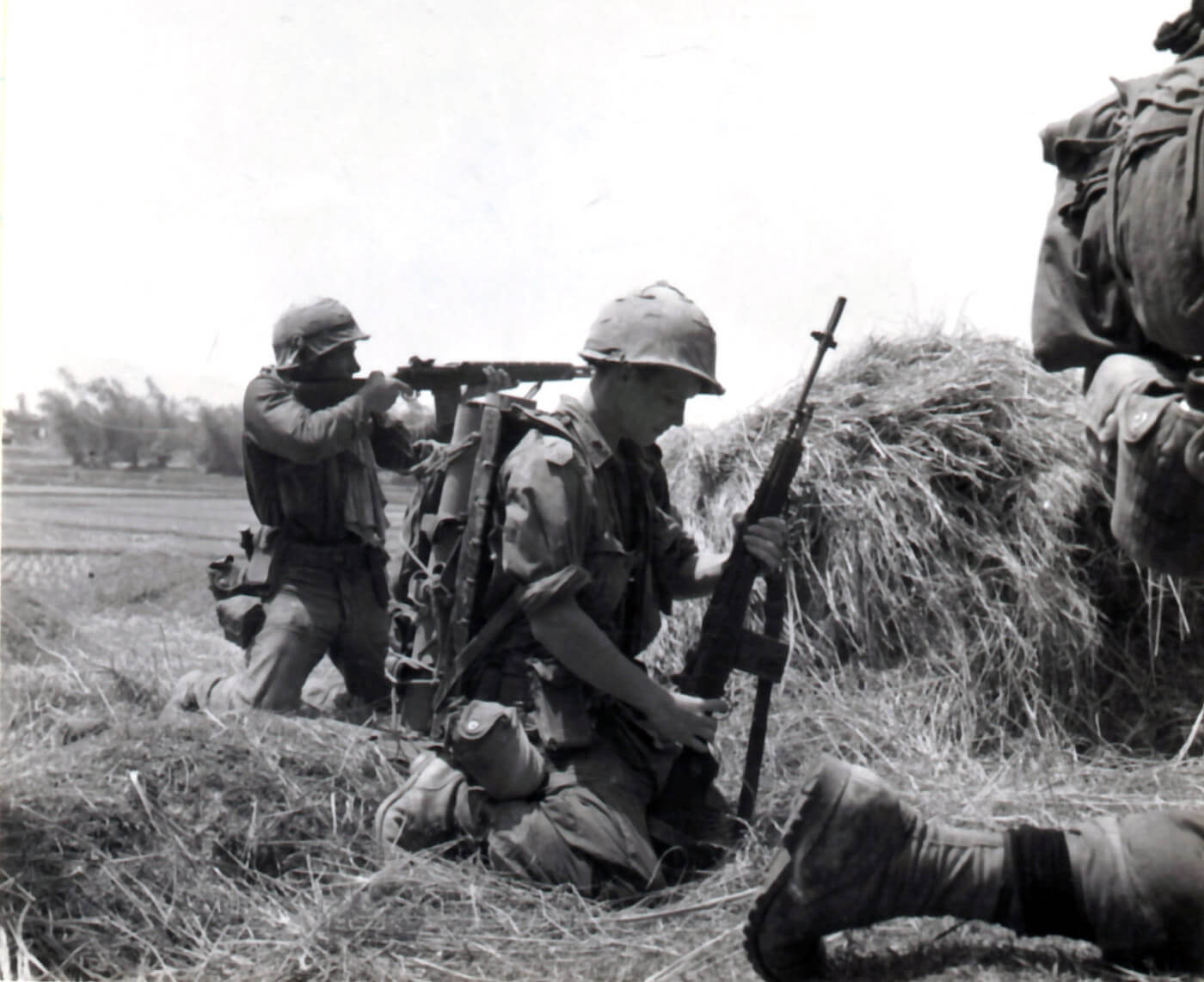
The solution for the United States military would be the M14, but the developmental road to reach that rifle would span several years. At times, the ride was bumpy, and there were casualties along the way. U.S. Ordnance rejected Harvey Earle’s unique T25 automatic rifle (.30-06) and the British bullpup EM-2 (.280 British). By 1954, the competitive field had narrowed to just two rifles: the American T44E4 (the precursor to the M14) and the Belgian-designed FAL rifle (in the United States, it was tested as the T48). Both were chambered for the new 7.62mm NATO round, basically a shortened and refined version of the .30-06 round.
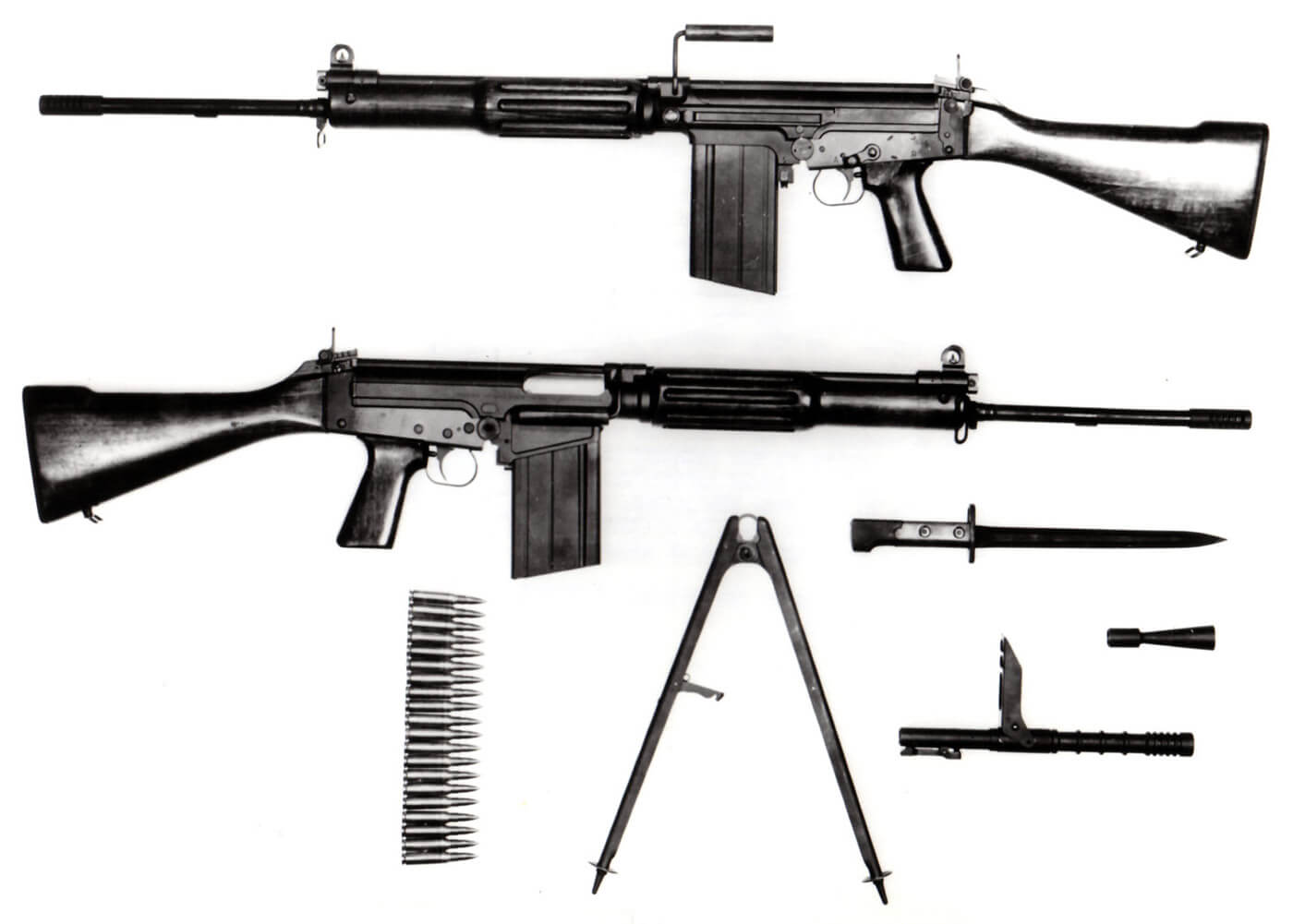
A Friendly Foe
Interest in the Belgian rifle was growing. During 1953, Canada became the first NATO partner to adopt the FAL. Also, that year the U.S. placed an order for 3,000 standard versions of the FAL, along with 200 heavy-barrel variants for testing with American troops. U.S. Ordnance also began to reconfigure the FAL rifle from metric to the U.S. inch-pattern standard. In 1954, the British began to test the FN rifle. By the end of the 1950s, the FAL (or one of its variants) would be used by NATO members Canada, Belgium, West Germany, the United Kingdom, Greece, Luxembourg, and the Netherlands.
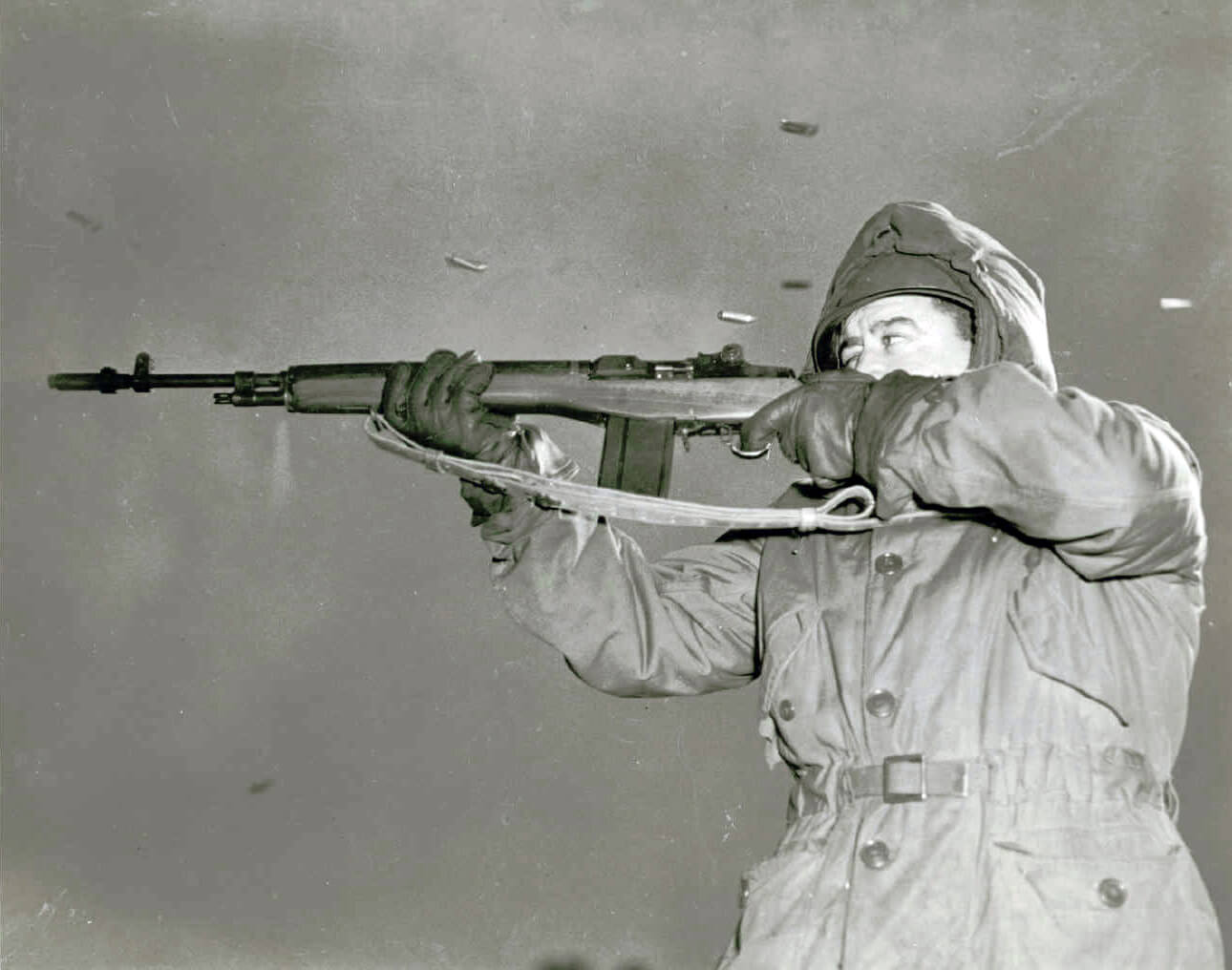
Strenuous competitive testing between the T44 and T48 were conducted from the arctic to Aberdeen Proving Ground to Fort Benning, Georgia. After initial teething problems with the T48 were addressed, further tests were conducted at Fort Benning and at the U.S. Marine Corps base at Quantico, Virginia. The Army’s tests at Fort Benning were extensive, but ultimately inconclusive. The U.S. Army deemed both rifles suitable for Army use but would not commit to one design over the other. The USMC tests were also extensive, and although closely matched, the Marines expressed a preference for the American-designed T44E4 rifle.
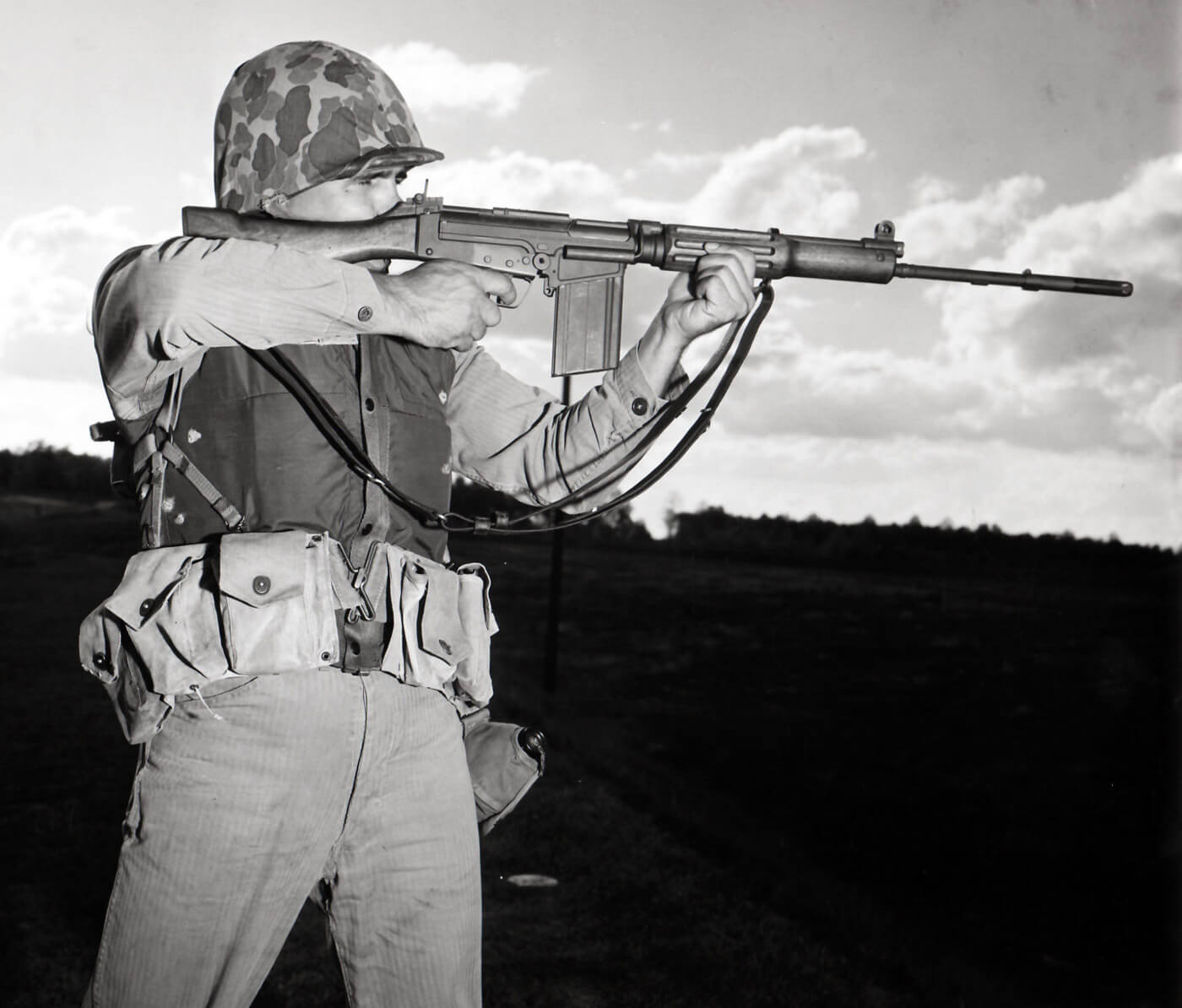
Foreign Concerns
One of the greatest challenges of this competition had nothing to do with rifle designs. It was all about the politics of national origin. Several NATO nations were exerting diplomatic pressure on the U.S. government to adopt the Belgian-designed T48, in the hopes of creating some form of “NATO-standard” rifle. It has always been a difficult proposition to get the U.S. military to accept a weapon not originally designed in America. It has been done (as with the British Enfield rifle during the Civil War, the Norwegian Krag rifle in the late 19th Century, and the M1917 rifle in World War I) but in the 1950s, only a decade removed from World War II and the triumph of America’s Arsenal of Democracy, the idea of adopting a European design as the U.S. standard battle rifle was unlikely at best.
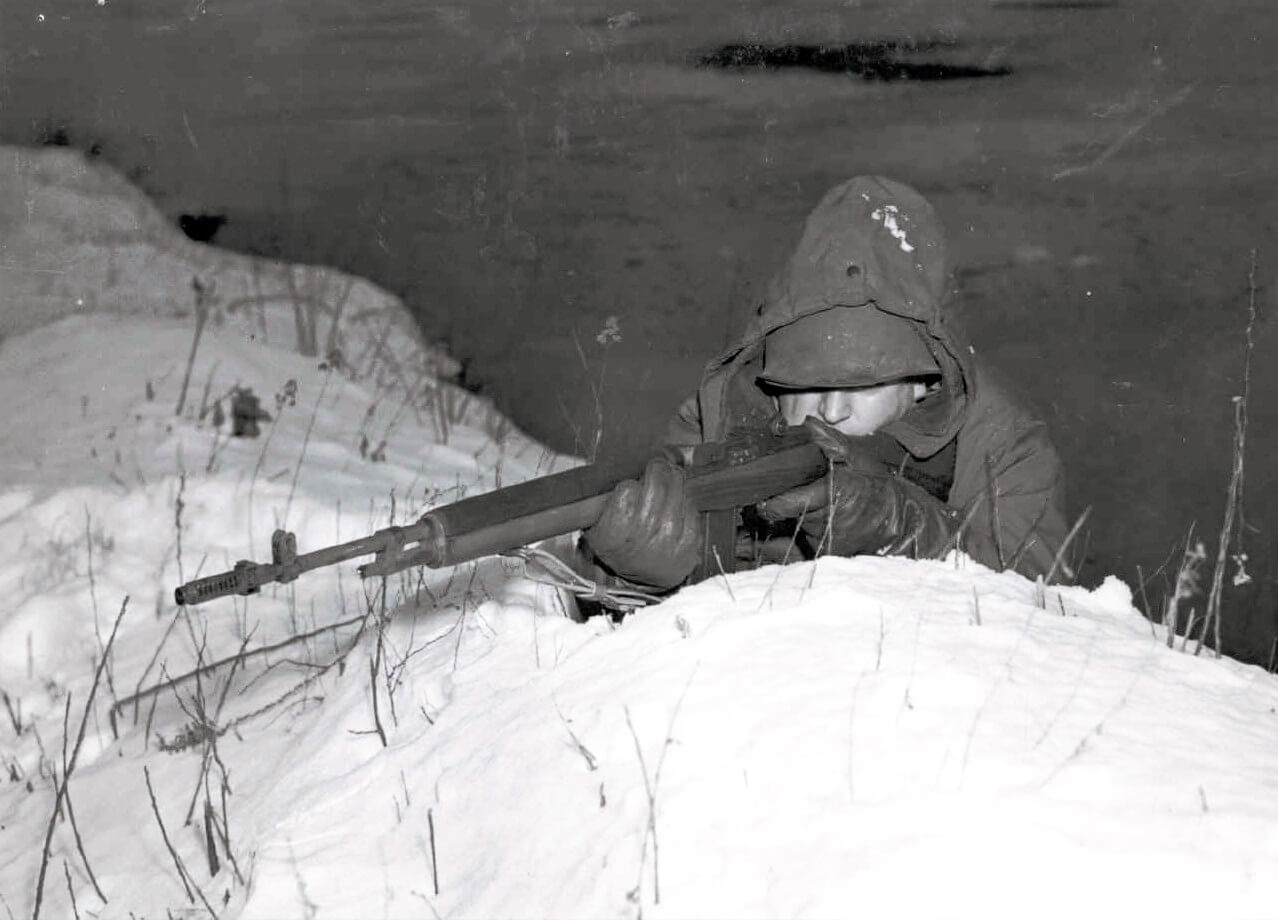
The FAL was a capable rifle, and its Americanized T48 variant performed well enough. Ultimately, although it took about a year of deliberation, U.S. Ordnance announced that the T44E4/E5 would be adopted as the M14 and M15 rifles. Ordnance officials noted that the fledgling M14 was a pound lighter, used a single-port gas system, and overall contained fewer parts. Its connection to the capable M1 Garand, basically being a product-refined version of the classic rifle — adapted to fire a more compact yet practically equal cartridge to the .30-06, feed from a detachable box magazine, be select-fire and overall be lighter and smaller — no doubt helped put the M14 over the top in the competition.
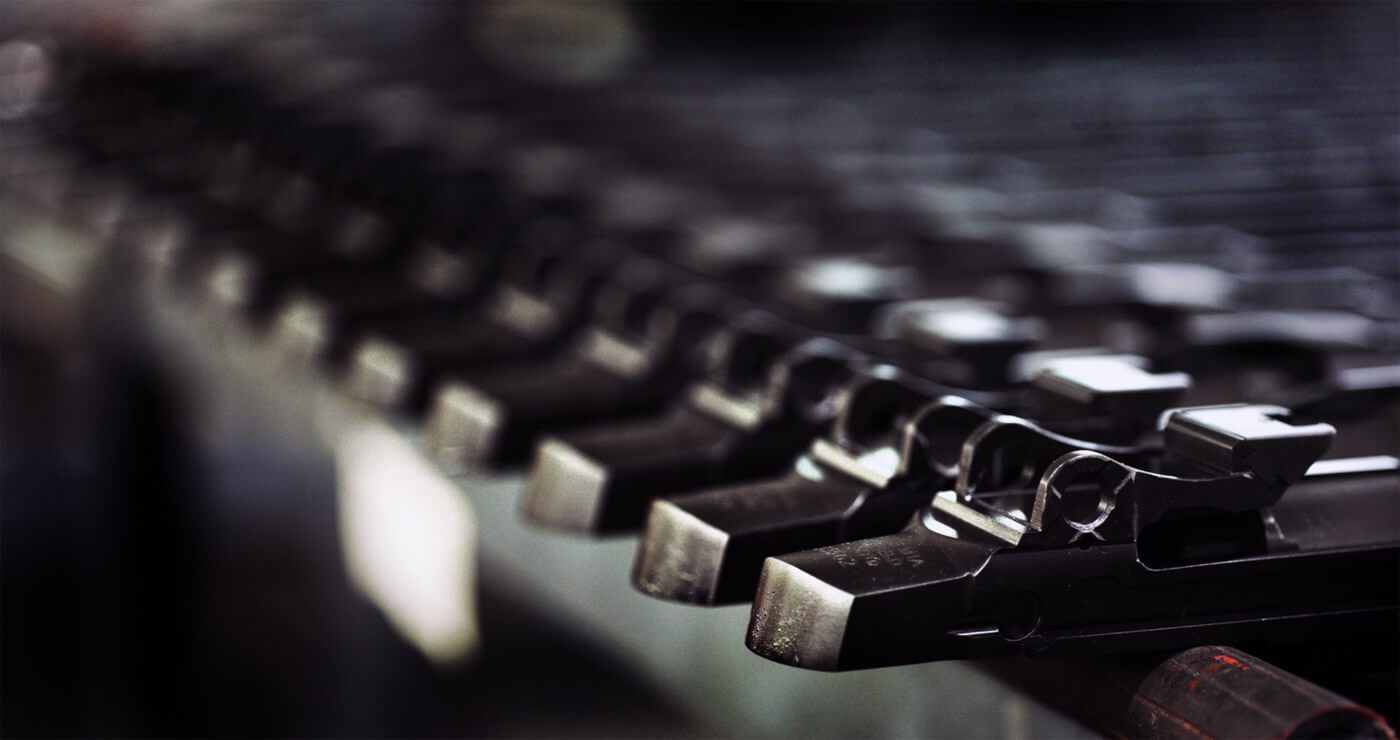
And while the M14 would enjoy a relatively short period as America’s primary battle rifle, it still remains in U.S. service: Elements of the U.S. Special Operations Command use the Mk14 Enhanced Battle Rifle (the EBR) as a designated marksman rifle, and in Afghanistan the U.S. Army assigns two M14 EBR-RI rifles per infantry platoon. This is a testament to the enduring strength of the M14 design.
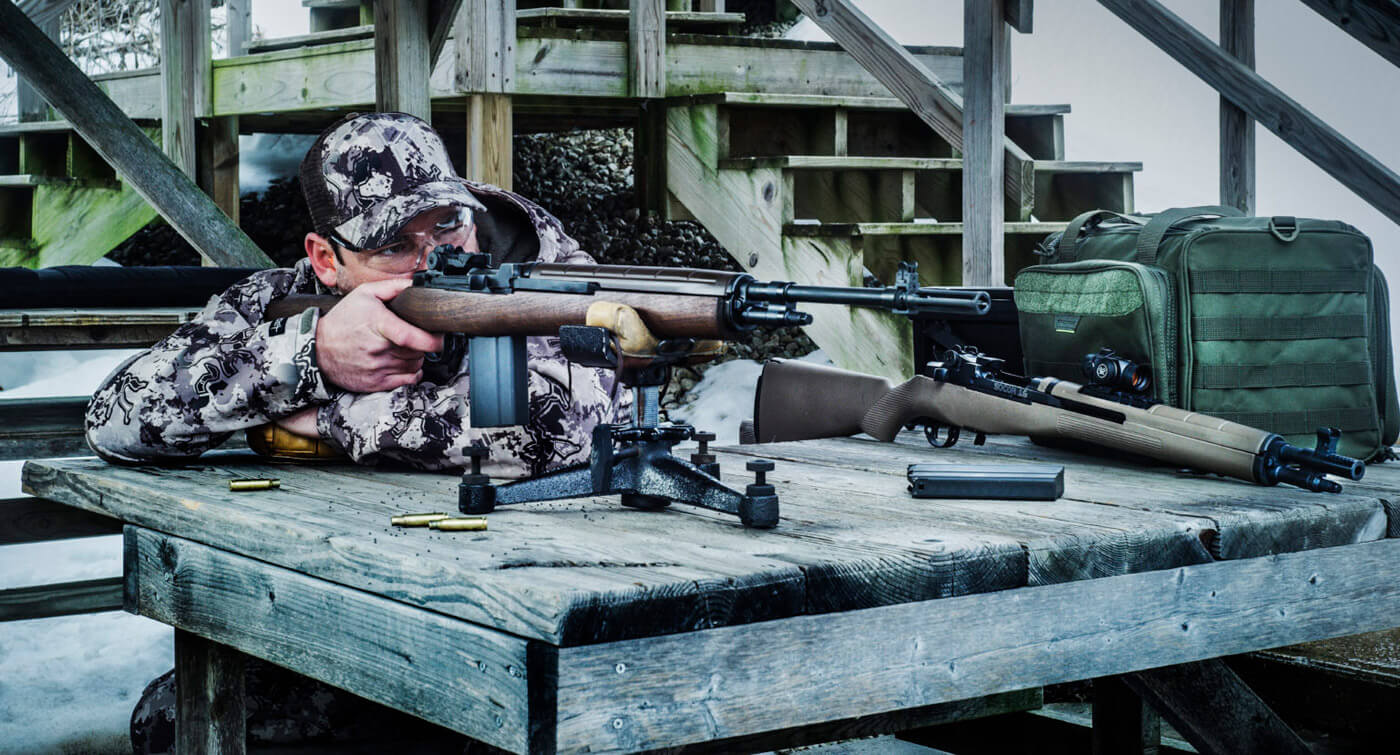
Stateside Service
While the M14 in one form or another soldiers on with American troops around the world, it has a civilian-legal counterpart here in the United States in the Springfield Armory M1A. Produced in Geneseo, Illinois, this semi-automatic rifle gives shooters a chance to own the civilian sibling of a classic rifle. It is available with a new walnut stock or a black composite stock.
Join the Discussion
Featured in this article
Continue Reading
Did you enjoy this article?

 439
439







